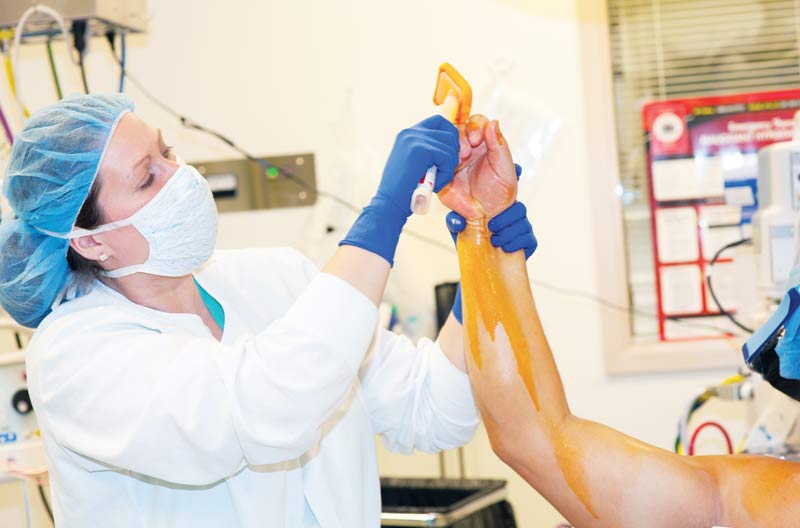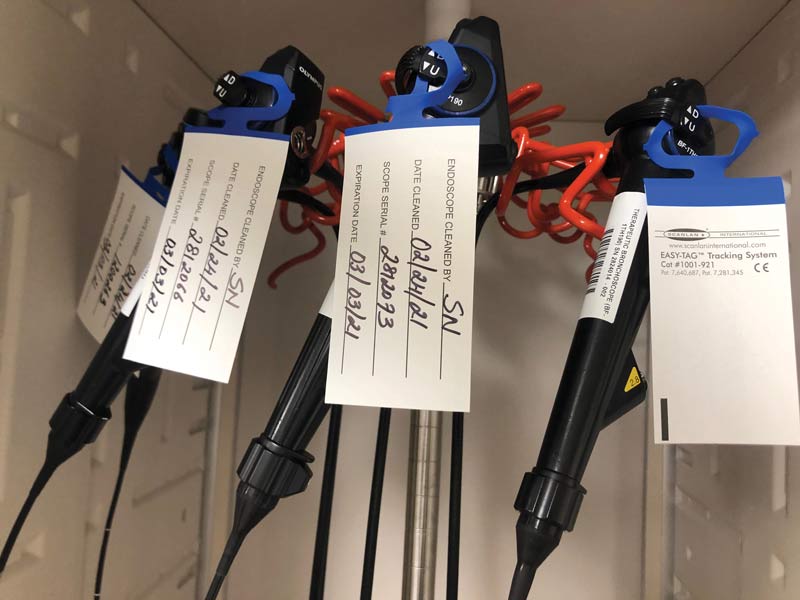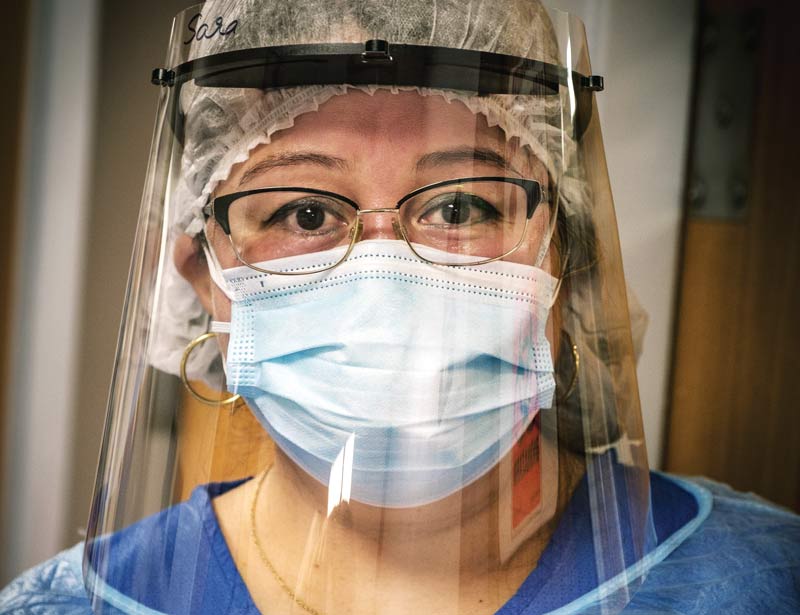It's been more than a year since COVID-19 heightened the importance of following proper infection prevention protocols. Are you curious to see if your staff's knowledge and daily practices get a clean bill of health?
Have them answer the following questions and see if their responses wipe away reason for worry or reveal the need to brush up on the basics.
1. Which of the following is the best point-of-use treatment of instruments?
- a. rinse with sterile water
- b. rinse with saline solution
- c. treat with an enzymatic gel
- d. wipe down with soap and water
- Reveal
Answer: c
Treating instruments at the point of use is an essential part of the decontamination process. "We use an enzymatic cleaning gel for our instrument sets," says William DeLuca, CRCST, CHL, CIS, associate
director of the sterile processing department at Mount Sinai West in New York City. "It has a neutral pH, which means it's not harmful to the instruments if it's left on for long periods of time," he says. "The instruments
stay moist, allowing for easy removal of gross soil, and there's also no need to rinse off the gel before reprocessing."
Removing gross soil from the surfaces of instruments during and immediately after surgery
drastically decreases the risk of biofilm formation, points out Mr. DeLuca. Biofilm, which is very difficult to remove once it dries, may begin forming within minutes. Precleaning at the point of use is also important for
instrument upkeep, according to Mr. DeLuca. He says gross soil can break down the protective layers of medical devices. Over time this can lead to breakage and make cleaning and sterilizing more difficult.
Close
2. At the end of the automatic endoscope reprocessing (AER) cycle, thoroughly rinse the endoscope with water, use a lint-free cloth to wipe down its exterior and lay it flat to dry.
- a. true
- b. false
- Reveal
Answer: b
Endoscopes should be handled as little as possible after reprocessing and hung to dry. "This allows moisture and residue to drain from internal channels," says Mr. DeLuca. Moisture that remains inside
an endoscope can harbor harmful bacteria, which can be easily transmitted to subsequent patients. There are conflicting opinions on how long appropriately reprocessed endoscopes can remain in storage before they must be
high-level disinfected again before use. Mr. DeLuca says his facility's protocols are based on guidance from the Association of periOperative Registered Nurses (AORN) and the Association for Professionals in Infection Control
and Epidemiology (APIC), which recommend maximum intervals without reprocessing of five and seven days, respectively.
Close
.svg?sfvrsn=be606e78_3)



.svg?sfvrsn=56b2f850_5)